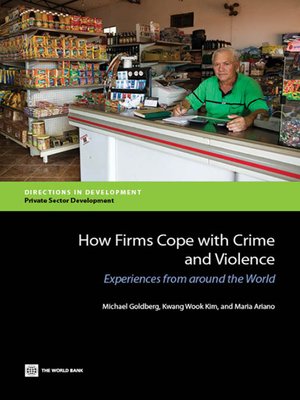How Firms Cope with Crime and Violence
ebook ∣ Experiences from around the World · Directions in Development
By Michael Goldberg

Sign up to save your library
With an OverDrive account, you can save your favorite libraries for at-a-glance information about availability. Find out more about OverDrive accounts.
Find this title in Libby, the library reading app by OverDrive.



Search for a digital library with this title
Title found at these libraries:
| Library Name | Distance |
|---|---|
| Loading... |
Crime and violence inflict high costs on the private sectorâcosts that are rising globally, according to the World Bankâs Enterprise Surveys, discussions with chambers and associations, and the Bankâs Country Partnership Strategies, which reference the losses in terms of gross domestic product (GDP). In Latin America and the Caribbean, for example, losses due to crime and violence have been estimated at 9 percent of GDP in Honduras, 7.7 percent in El Salvador, and 3.6 percent in Costa Rica. In sectors such as clothing assembly, international purchasers can shift know-how and capital quickly to less violent destinations, while other sectors such as extractive industries are more likely to stay despite rising violence. Behind the statistics are human costs: lost jobs; shifting of businessesâ working capital from productive uses to security firms; and an increase in contraband, fraud and corruption, and ârule of lawâ ? issues. In this book, original case studies from Brazil, Colombia, Jamaica, Mexico, Nepal, and Rwanda illustrate the specific challenges to businesses and the coping mechanisms that firms and groups of firms have used successfully against crime and violence. The bookâs findings have implications for the private sector, governments, and the World Bankâs efforts to support both under difficult circumstances.







